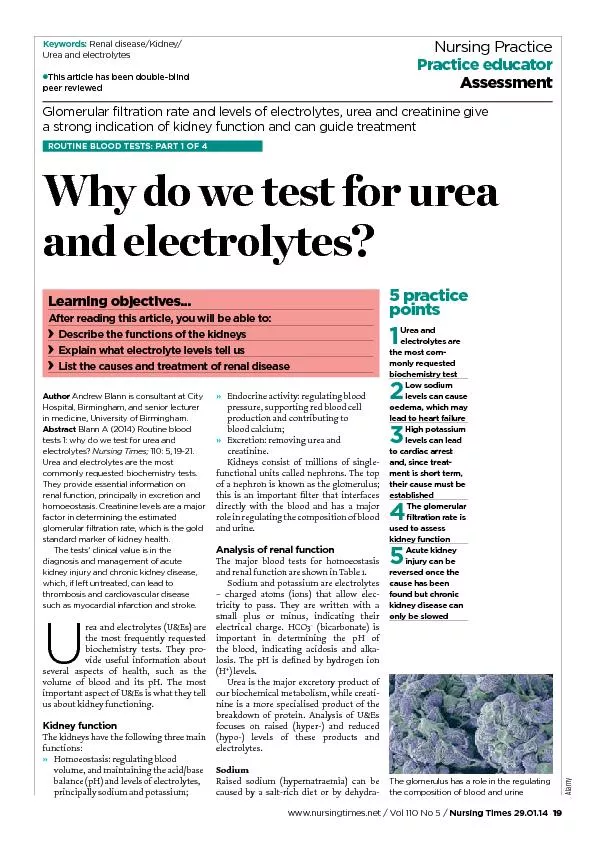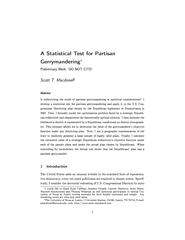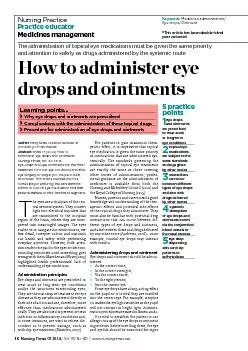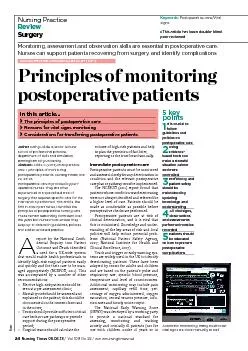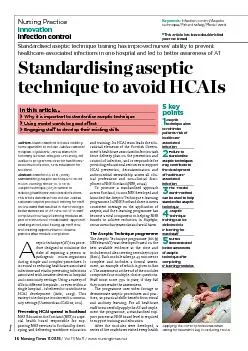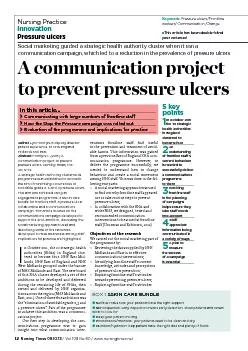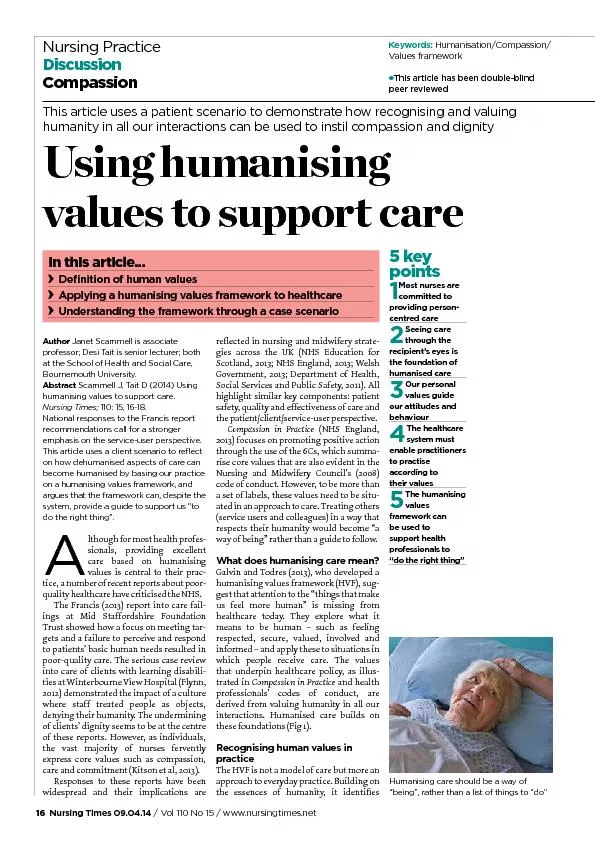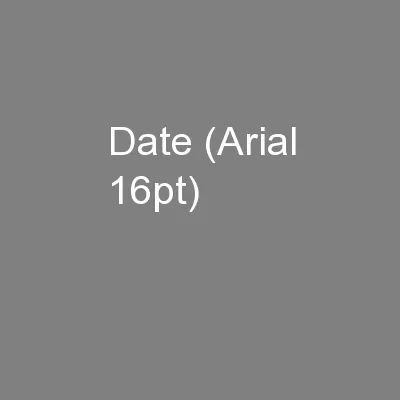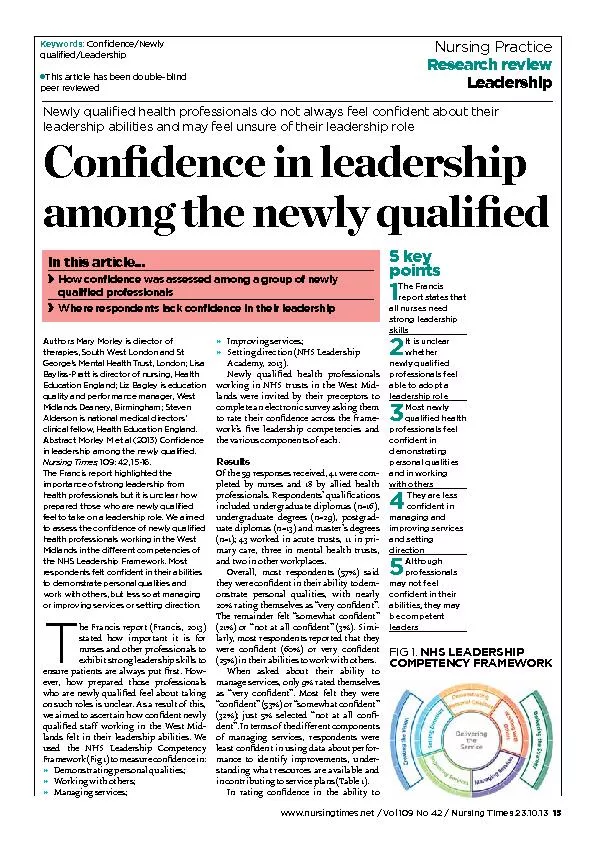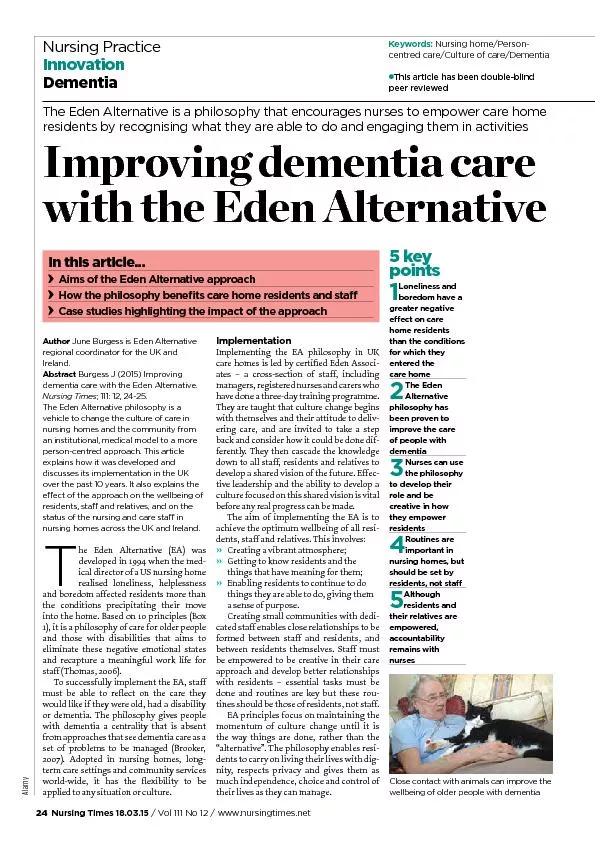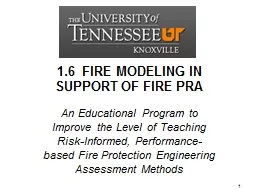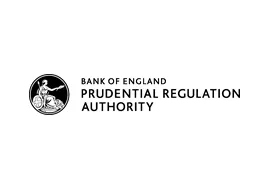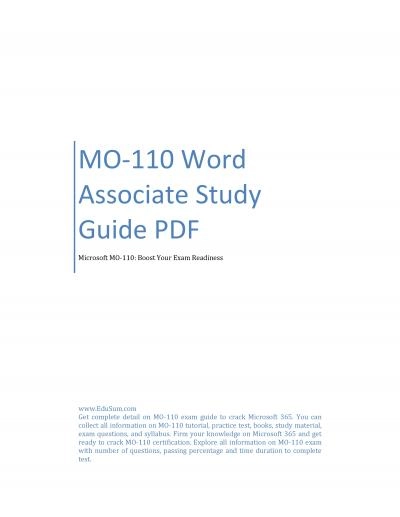PDF-www.nursingtimes.net/ Vol 110 No 5 / Nursing Times 29.01.14Nursing Pra
Author : liane-varnes | Published Date : 2016-05-15
The glomerulus has a role in the regulating the composition of blood and urineAuthor Andrew Blann is consultant at City 5 practice points Urea and electrolytes are
Presentation Embed Code
Download Presentation
Download Presentation The PPT/PDF document "www.nursingtimes.net/ Vol 110 No 5 / Nur..." is the property of its rightful owner. Permission is granted to download and print the materials on this website for personal, non-commercial use only, and to display it on your personal computer provided you do not modify the materials and that you retain all copyright notices contained in the materials. By downloading content from our website, you accept the terms of this agreement.
www.nursingtimes.net/ Vol 110 No 5 / Nursing Times 29.01.14Nursing Pra: Transcript
Download Rules Of Document
"www.nursingtimes.net/ Vol 110 No 5 / Nursing Times 29.01.14Nursing Pra"The content belongs to its owner. You may download and print it for personal use, without modification, and keep all copyright notices. By downloading, you agree to these terms.
Related Documents

